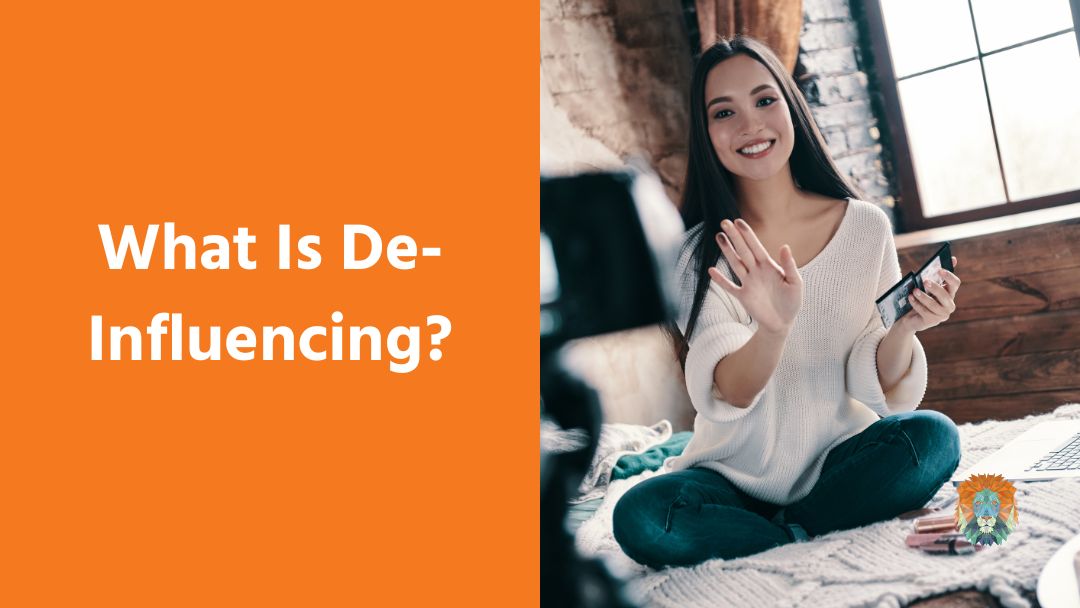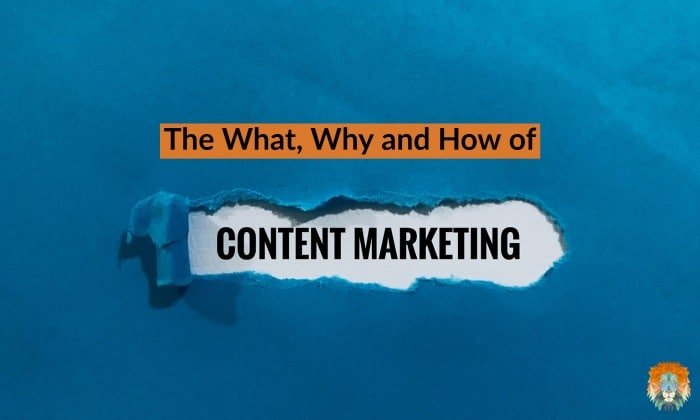By now you’re probably heard of Influencers. The personalities online who have built up a following, and often partner up with brands to promote products that align with their values. Influencers have been around for a number of years, and they have been responsible for millions of purchases in that time. But not everybody loves an influencer. In fact, earlier this year a new trend emerged, which users have dubbed ‘de-influencing’. In just a few short weeks the trend has taken over Tik-Tok, with the hashtag #deinfluencing racking up over 160 million videos. But what is de – influencing, and what does it mean for the future of influencer marketing?
What Do Influencers Do?
Influencers are people who make content on social media. There are influencers in pretty much every niche, and a lot of the time they are just sharing the things they love with their audience. They might give reviews, share tips or just provide information on certain products. In some cases, they will be paid by brands to promote their products, which now must be disclosed as an advert on most platforms. In others, they will just really enjoy the product and want to share it with the audience. The audience in turn is influenced into buying from them. We have previously written about what an influencer is so if you want to find out more check it out.
So What’s De-Influencing?
Now you know what influencing is, we can confidently say that de-influencing is the opposite. It’s the act of an influencer telling people not to buy something. It’s a new trend, but it’s one that’s swept the internet over the past few weeks. To fight back against the rampant consumerism spawned by influencers, internet Users started making videos about what it’s not worth buying. How to make smart purchases so you’re choosing the right products for you, rather than overconsuming. And just like influencing, there are de-influencing videos in every niche. For example, you can find:
- Gamers sharing microphones, headsets, and controllers aren’t worth the money.
- Dermatologists weighing in on what skincare products are worth it and which you can skip in your routine.
- Wedding planners doing a rundown of services or traditions that aren’t worth investing in.
- Makeup artists decluttering their collections and posting run-downs on which products don’t live up to the hype.
The aim of de-influencing is to reduce the number of products bought unnecessarily and then wasted, along with ensuring people aren’t buying new products just because an influencer has convinced them to. It’s a grassroots movement against overconsumption that’s trying to lift the lid on traditional marketing and offer honest insights about products that aren’t fuelled by monetisation.
Authenticity In Influencing
One of the big spurs of the de-influencing movement is concerns over the authenticity of influencers as a whole. While the concept started as a natural and very authentic thing, the influencer industry has become heavily commercialised in recent years. So rather than sharing the products they really love, influencers now share products from brands that have paid them to do it.
There have been a number of examples of this over the years, with the biggest example being the Fyre Festival disaster. But recently the spotlight has been shining on influencer Mikayla Nogueira, who was accused of wearing false eyelashes in the ‘after’ shot of a before and after promoting a mascara brand. The video went viral, with users labelling it ‘Mascaragate’ and questioning the true validity of influencer promotions. Particularly, are they really recommending things they enjoy, and can they trust the word of influencers who are benefiting financially from recommending products? After all, they are promoting products on their platforms largely to make money, so And so the de-influencing trend was born.
The Influencer Response
Of course, this trend isn’t great news for influencers, many of whose livelihoods rely on their audience buying the products they promote. So they have responded in an incredibly interesting way. They have flooded the #deinfluencing hashtag with videos of their own. But they aren’t denouncing the trend. In fact, they’re joining in! But instead of promoting the ‘buy less’ mentality, influencers are producing videos that promote ‘buy this, not that’. Which, let’s face it, isn’t the spirit behind the trend. But given that de-influencing risks their livelihood, it isn’t surprising.
However, most aren’t too worried. Statistics show that influencer marketing is still growing, going from a $1.7 billion industry in 2016 to a $14.6 billion industry in 2022. It’s almost impossible to say how the de-influencing trend will impact influencer marketing and the businesses that use it. But it’s likely that many influencers will start turning down brand deals that don’t align with their values, at least in the short term.
We’ve seen a lot of beauty brands expressing concern over the trend, as influencer marketing is often one of their bigger avenues for sales. However, we recommend beauty brands simply adjust their approach and lean into the demand for trust, credibility and authenticity. Focus on being transparent, provide real value for your consumers and humbly accept both criticism and compliments. Be open to the ever-evolving and rapidly growing beauty space, and to communicate with your customers about the changes you can make.
The trend is like a pebble dropped into a pond, and we don’t know what the ripples will look like yet. There may be a shift in the way things work, or it may not really have an effect at all. But it’s definitely worth watching this space.
At Lion Spirit Media we work with businesses to help them understand what marketing method would work best for them, including social media influencing. We can manage the strategy and relationship building, as well as keeping an eye on the horizon for changes that might impact them, like the de-influencing trend. If you’d like to know more, just get in touch with the team today.





0 Comments